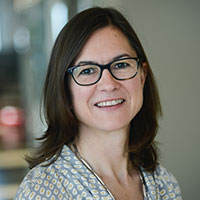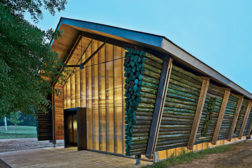Beth Broome
Former Architectural Record managing editor Beth Broome is a contributing editor and freelance writer based in Brooklyn, New York.
ARTICLES
House in the Rockies
Point of Departure: For his first house, Renzo Piano crafts a finely rendered family portrait.
Read More
Copyright ©2024. All Rights Reserved BNP Media.
Design, CMS, Hosting & Web Development :: ePublishing

